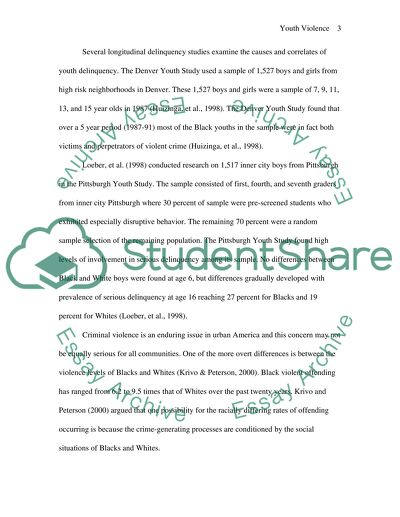Cite this document
(“Youth Violence Dissertation Example | Topics and Well Written Essays - 2000 words”, n.d.)
Retrieved from https://studentshare.org/family-consumer-science/1417066-youth-violence
Retrieved from https://studentshare.org/family-consumer-science/1417066-youth-violence
(Youth Violence Dissertation Example | Topics and Well Written Essays - 2000 Words)
https://studentshare.org/family-consumer-science/1417066-youth-violence.
https://studentshare.org/family-consumer-science/1417066-youth-violence.
“Youth Violence Dissertation Example | Topics and Well Written Essays - 2000 Words”, n.d. https://studentshare.org/family-consumer-science/1417066-youth-violence.


